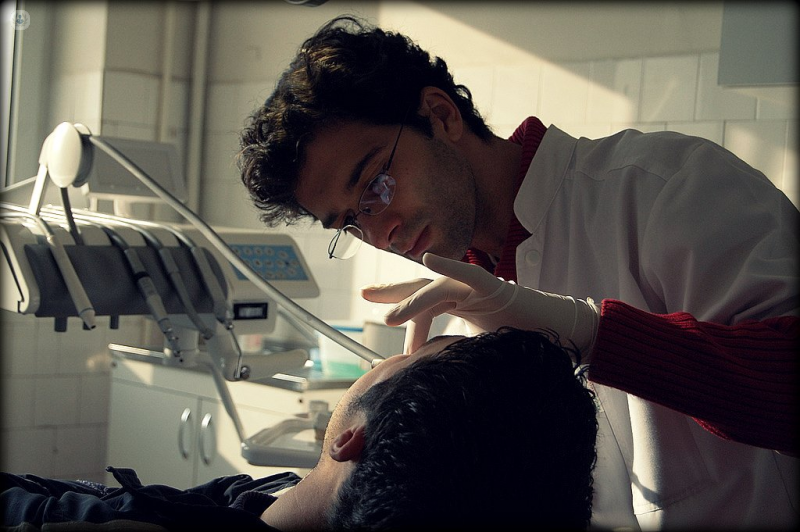An overview of lens options following cataract surgery
Autore:Top Doctors recently chatted to highly experienced and revered consultant ophthalmologist, Mr Harry Petrushkin. Here, in this article below, Mr Petrushkin outlines the best lens options available for patients post cataract surgery.

What are the lens options available for people who opt for cataract surgery?
There are a number of different types of lenses available for cataract surgery. While the majority of patients will opt for monofocal lenses, everyone has their own specific priorities for vision.
In order to pick the correct monofocal lens, you need to decide whether you would prefer to have distance or near vision without glasses on. The majority of patients opt for distance vision. However, some short-sighted patients value being able to read without glasses. The lenses that we put inside your eye will have excellent contrast sensitivity and clarity to give you vision at that particular place.
If you opt for distance vision, everything from the end of your arm to infinity should be in focus (assuming that the astigmatism has been corrected). If you opt for reading vision, you would need distance glasses. You wouldn’t easily see in the distance if you opted for that type of vision with monofocal lenses.
There are other types of lenses available, such as enhanced depth-of-field lenses. These lenses will give you some flexibility when it comes to overall vision, so rather than have a hard cut-off for either reading or distance, they blend between intermediate and distance. These lenses do not give high quality reading vision though, so most people still need to wear reading glasses.
Multifocal lenses are another option. These lenses are designed to give you near, intermediate, and far, which means you won’t need glasses. The disadvantage of multifocal lens is that they tend to create haloes around lights. This usually fades after you get used to the lens, but doesn’t always.
The other type of lens that can be implanted is called a toric lens, which corrects astigmatism. Monofocal, enhanced dephth of field, and multifocal lenses all come in toric form.
How is patient suitability to the different lenses identified?
When deciding to have cataract surgery, we would have a discussion about the type of vision you want and the vision your eye is capable of giving you. So, some people would be capable of achieving a perfect vision, both distant and near, regardless of their astigmatism, while others may not due to other problems with their eyes.
Unfortunately, if patients have problems with their eyes, the quality of vision they get after cataract surgery may not be as perfect as they had wanted it to be. Therefore, it is really important to identify those factors in advance before the surgery so you are not disappointed afterwards.
Will a patient be given the opportunity to test the different options before surgery?
There are some things that you can do beforehand. There is a type of vision called monovision, where one eye is set for distance and another for near. This configuration effectively means some people can manage well without glasses using monofocal lenses.
You would want to try that before you have the lens implanted inside your eye. The way you would trial that is by having contact lenses made up that would effectively give you distance vision in one eye and reading vision in the other eye.
What are the main associated risks?
The main risks associated with this type of surgery are infection and retinal detachment. The risk of infections and retinal detachments is around one in a thousand. One in a hundred people will need more than one operation, but ultimately will end up with a good visual outcome. One in ten people will need the lens polished with a laser after six to nine months. This only takes five minutes as it is not a surgical procedure.
Can I change my cataract lenses in the future?
It is possible to take a lens out after surgery and insert a new one, but it is not generally recommended, as it can be complicated. The lens is embedded inside the eye and the procedure may be complex due to scar tissue that forms around the lens. If we are going to exchange a lens, it's best to do it within the first few months.
To book an appointment with Mr Harry Petrushkin, simply head on over to his Top Doctors profile today.


